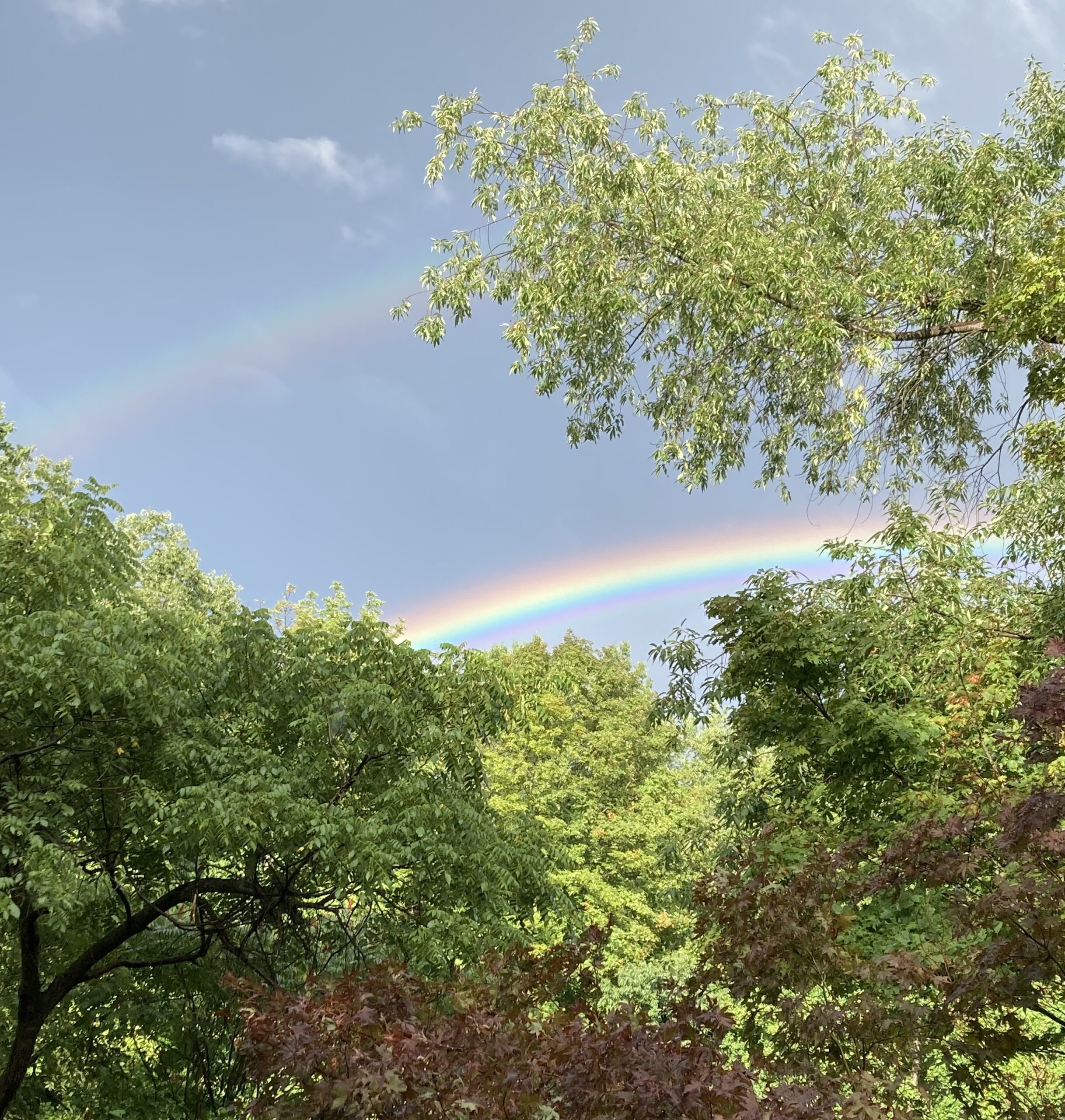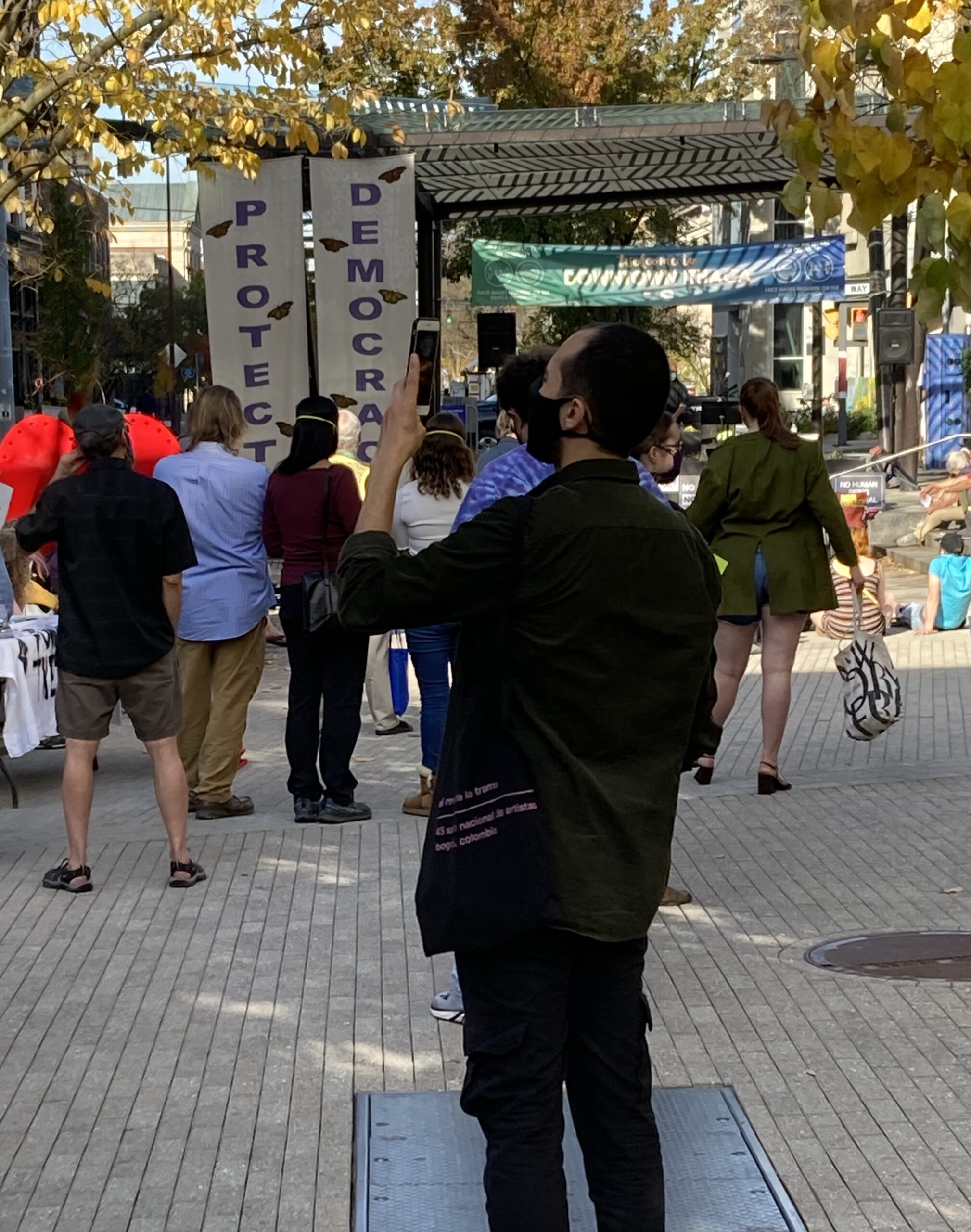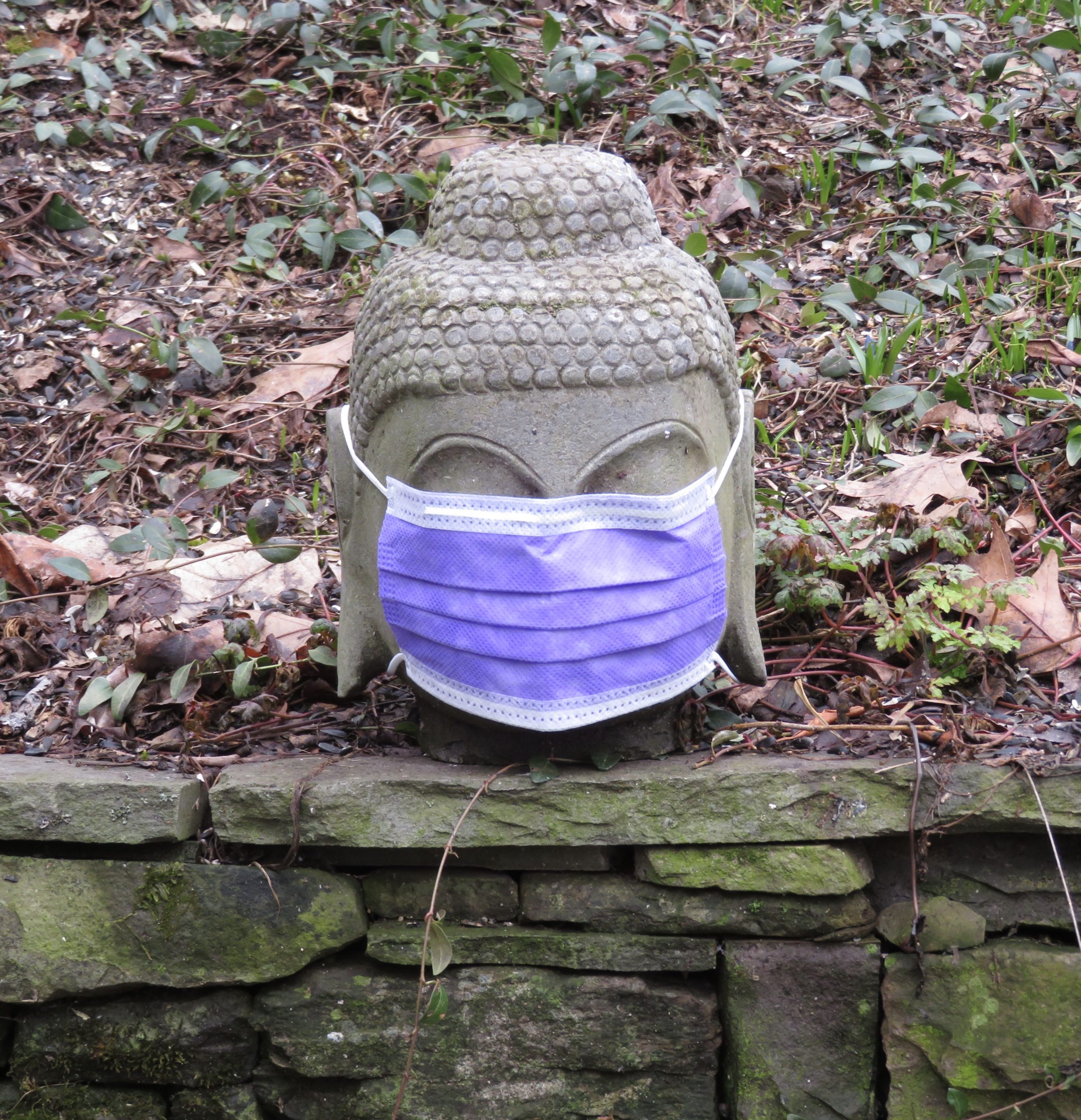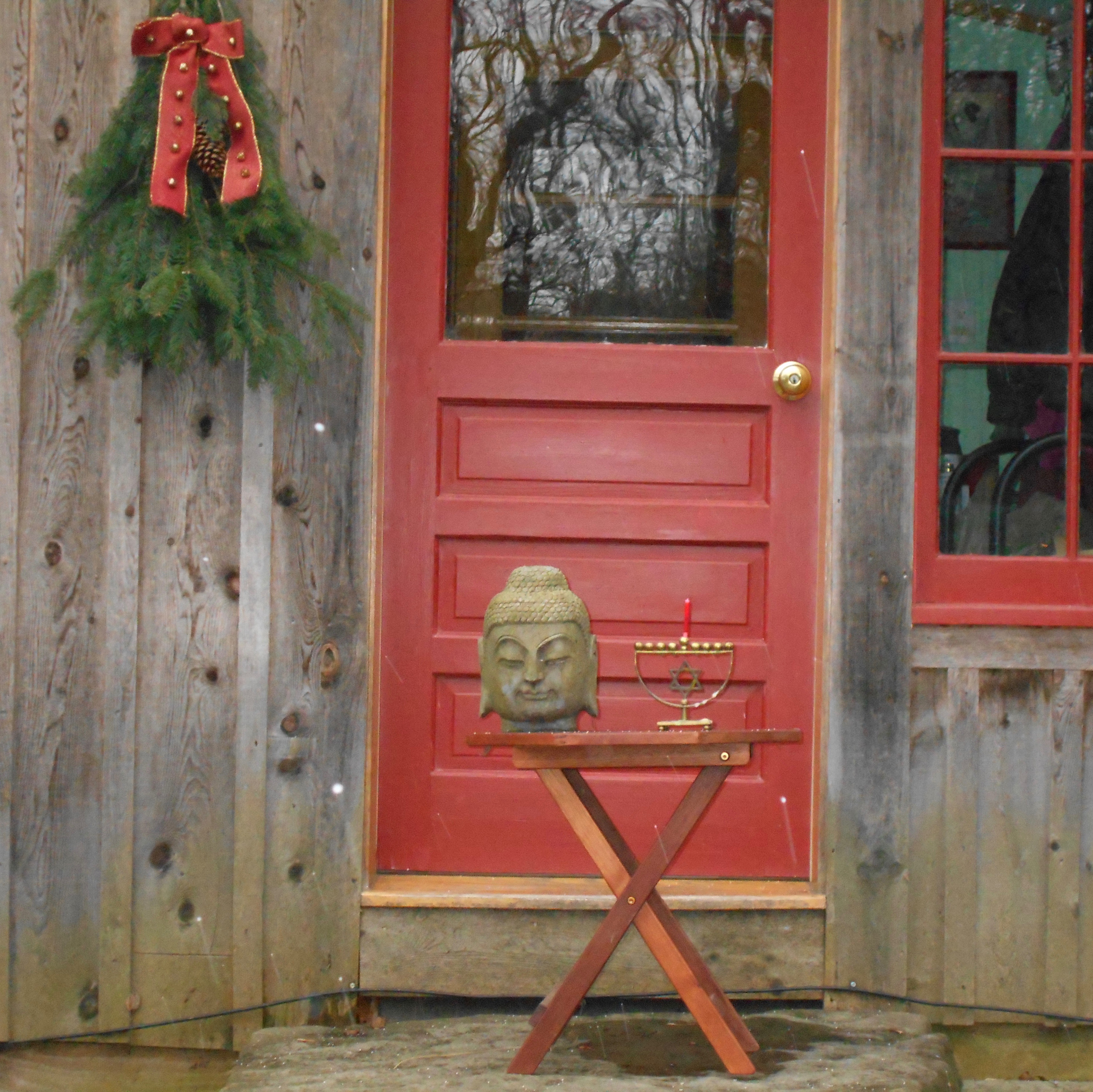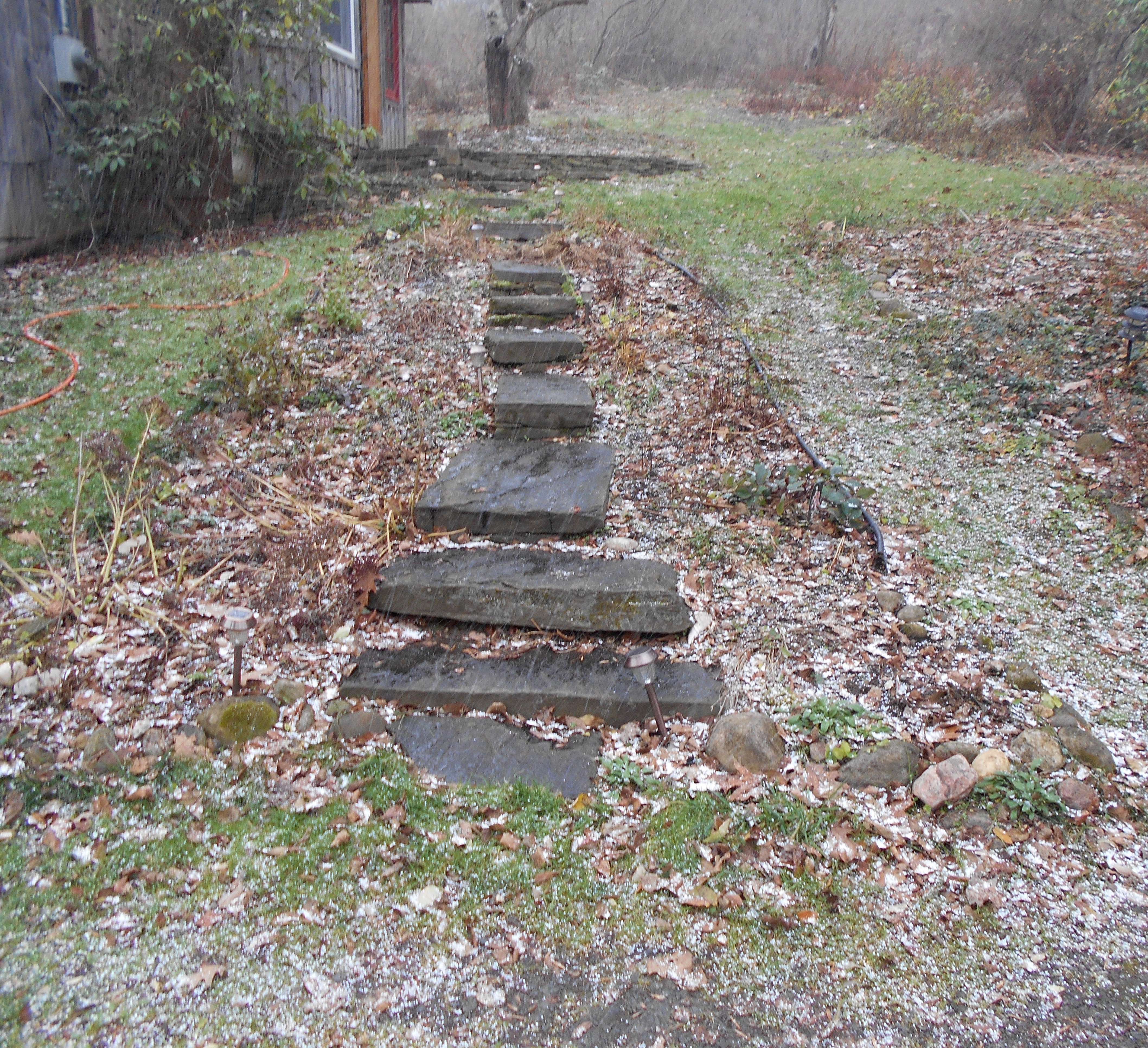How long can anyone actively ignore the truth before the truth comes back at them? Certainly, anyone who was or is being abused and traumatized carries an extremely difficult reality as a burden, and need compassion and support to face it. But for those who want revenge, who strike out to disappear not only a truth they didn’t like yet heard spoken, but the person who voiced it⎼ there’s something very wrong. Attacking someone because they say something that opposes their way of thinking is simply wrong. Eventually, the reality must break through. Like in a dream, if we run from a nightmare image it pursues us even more vehemently; running from the truth can imprisons us.
This is DT. I don’t know if he’s just emotionally incapable of acknowledging any reality other than one he’s fashioned; or if he’s so unstable, so on edge he gets vindictive if he’s challenged. Or maybe he just uses edginess as a strategy to frighten others into giving him what he wants. No matter what, his power and actions have been scary and dangerous for so many of us.
Even before first taking office in 2017, he showed a repugnance for speaking, perceiving, or even allowing the truth to be spoken in his presence. The number of distortions and lies he’s uttered is incredible. And he’s attacked, spread ridiculous lies and dangerous threats against those who oppose or speak against him, so much so that now no one in the GOP will reign him in. Many of those who follow him believe he’s the very voice of truth.
But if no one will challenge a would-be emperor, how will he know he’s naked? The case of the Epstein Files might be one step in the truth catching him. DT continuously fueled conspiracy theories about prominent people, mostly Democrats, using Jeffrey Epstein’s services to engage in sex crimes with minors. DT promised his supporters he would release the “Epstein client list.” He promised prosecutions, to name names and reveal evidence. He promised transparency. Instead, he had the DOJ redact his name from Epstein files.
And for his supporters, the issue of stopping child sexual abuse and sex trafficking is deeply important and emotional; they believed DT would champion their concerns and expose the crimes. Why they would expect a person convicted of sexual abuse with a long history of twisting the truth to honestly champion their call for honesty and transparency is beyond me; but this is what occurred.
What will happen when the reality of DT’s actions concerning Ghislaine Maxwell, Epstein’s co-predator, hits more people? Maxwell is a convicted sex trafficker, who not only recruited young girls for commercial sex but participated in their abuse, and constantly lied about it. DT had Todd Blanche talk with her instead of her victims, and then ordered her moved to a low security, resort prison. What deals did he work out with her in terms of possible future testimony?
So now, DT is in trouble. His own supporters can’t believe him when he and his DOJ say there is no list, or the Democrats created the list, or the issue is not worth his time⎼ and those who waste his time pushing for release of the records he promised to reveal are “weaklings,” “idiots.”
DT is at war with truth and with reality itself. He’s at war with anyone who reveals facts or speaks truths or shares useful information.
He’s at war with any news media that reveals truths, reveals the reality that opposes his fiction….
*To read the whole piece, please click on this link to The Good Men Project.



